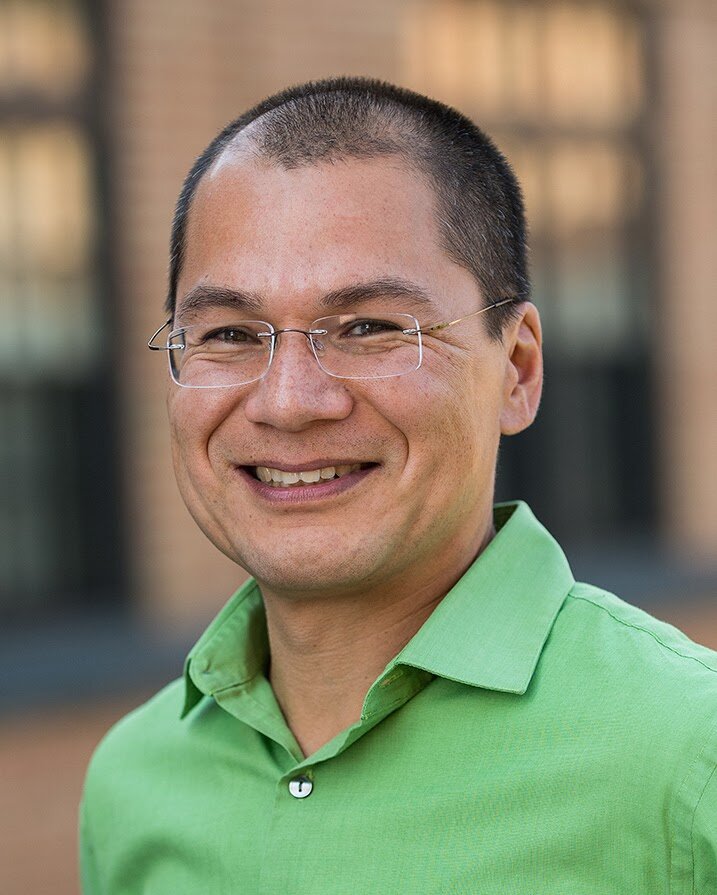Equal vs. Fair
By: Dave Kung, Professor of Mathematics at St. Mary’s College of Maryland, @dtkung
Ten years ago I walked into a first-day calculus class, ready with an ice breaker. To start, I instructed them to “find a partner.” As the room buzzed to life with students pairing up, most people quickly found someone. But I watched as the one black student in the back corner slowly made his way past already-partnered-up students, eventually meeting up with the other lonely soul: a 40-year-old former carpenter returning for his degree.
I had treated my students equally, but I hadn’t treated them fairly. If I had stopped to think, I could have done something to counteract the subtle forces that nudge each of us toward people who look like us, with whom we’re slightly more comfortable. I could have - should have - done better to minimize rather than highlight the isolation of those two marginalized students.
It’s not a proud moment, but it’s one that I’ve shared with many new math faculty during the MAA Project NExT diversity & equity session to underscore an important point: equal treatment of students does not mean equal experiences or opportunities for them.
It’s a comforting illusion, that equal treatment is somehow fair and will magically lead to a just world. And I think this illusion lies at the heart of many contentious debates over issues of diversity and equity.
Inclusivity is one of the core values of the MAA. For me, that means working to create classroom (and community) spaces where all of our students (and colleagues) can thrive. To get closer to that goal, we all have to be aware of the social forces that impact their success. Those forces range from the internal and unconscious (like it or not, we have our implicit biases) to the external and explicit (how the men in my classes tend to talk over others). They permeate our teaching, our interactions, our evaluation systems, our curricula–and our reactions to things like diversity statements. And although the overt exclusion of women and many people of color from mathematics is largely a thing of the past, the institutional barriers (against those groups and many others) are still nearly as impenetrable.
Awareness of those forces takes sustained effort, especially for those less affected. Because of my background, I tend to see racial matters more easily–and can be more oblivious to gender issues. But awareness by itself is only the start. We have to consciously work against those forces if we want to create a more just community.
I hope we all take this contentious moment and use it for a greater purpose: to redouble our efforts to create more equitable communities–in our classrooms, our departments, our institutions, and our wider world–communities in which all people have opportunities to flourish.
Dr. Dave Kung, professor of mathematics at St. Mary’s College of Maryland, studied harmonic analysis at the University of Wisconsin before moving into mathematics education. Since 2014, he has served as director of MAA Project NExT.

